Explore the complexities of relationship conflict, this dive goes deep into the flames, wondering whether they ignite a wildfire of destruction or a nurturing bonfire for growth.
How is intentional relationship conflict different from conflict in general?
Conflict in intimate relationships is like fire. For some of us it becomes a wildfire, burning out of control, emotionally burning each partner.
For others, it turns into a controlled bonfire that brings us closer together as we talk, laugh, and learn more about one another. Clear boundaries, emotional safety, and containment transform the danger of a fire into a tool for comfort, closeness, and emotional intimacy.
One of the main reasons conflict blazes out of control in romantic relationships is because the only time an issue gets the air of our attention is when we are fighting about it—when the fire was sparked unintentionally.
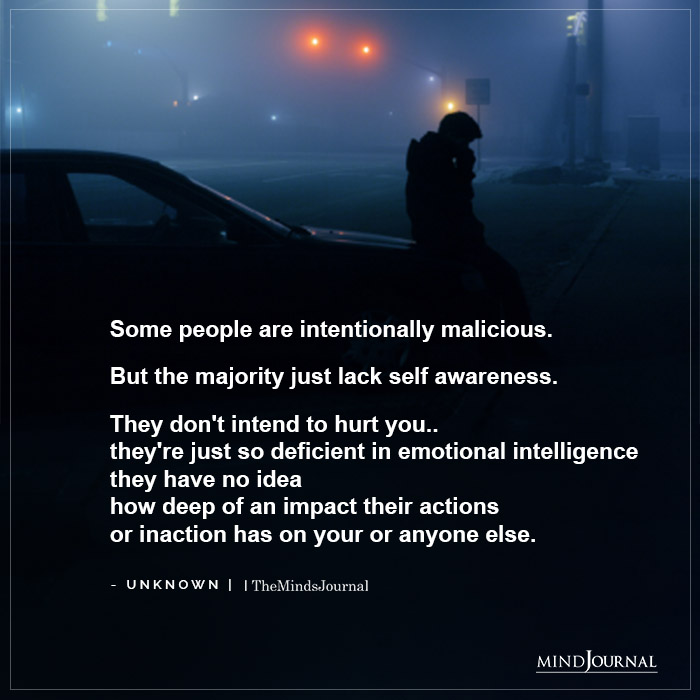
I don’t know about you, but I’ve never sat on the couch earlier in the day and thought, you know . . . at 9:47 pm tonight I’m going to start a fight with Heather about our financial budget. I’ll start with pointing out how she is not following our conscious spending budget and point out what’s wrong with her character [Criticism].
Often, this is not how harsh conflicts start.
Rather, conflict is often sparked by an event that triggers an underlying unresolved problem.
As the famous psychologist Dan Wile liked to recite, every relationship problem is two problems: the actual problem and how partners address the problem.
The reality is all couples have solvable and unsolvable problems because all couples have challenges and all couples experience events that trigger those underlying issues.
Related: 3 Fights That Signal It’s Time You Need Couples Therapy
How Reactive Conflict In Relationships Can Burn Connection
What emotionally burns partners and the relationship is when conflict is sparked by an event that blazes out of control, fueled by an underlying issue.
An underlying issue may be acceptance, caring, acknowledgement, commitment, trust, integrity, or a sense of safety, to name a few. When an underlying issue is sparked, it can turn into a blazing fire when the fuel of Dr. John Gottman’s four horsemen—criticism, defensiveness, contempt, and stonewalling—are added in.
The more the four horsemen show up, the more we get stuck in a negative cycle of sparking fires, burning one another, and attempting to protect ourselves from feeling emotionally burned by our loved one.
Heather looks at our credit card statement. “What in the hell did you spend $470 dollars on at Home Depot? Are you crazy?” [Criticism]
Kyle, [angry tone] “It’s for our house. You know . . . all these things I do for our house that you never notice.”[Counter-attack defensiveness]
Heather, “What’s the point in using You Need a Budget if you blow it on house projects?” [Criticism]
Kyle, “Well if you made more money or gave me more time to work, this wouldn’t be a problem.” [Defensive]
For Heather and me, the issue of money easily triggers us into a negative cycle of attack-defend. Sadly, we rarely sit down and talk about money in a constructive way. Rather, we will argue about money when there is a large expense.
The problem is we keep going around in circles because we only deal with it when something triggers one of us. Unfortunately, when we have conflict in the moment of a “seemingly” crisis, neither of us handles things nicely.
If you’re like us, you’re not alone in struggling to manage conflict effectively. It can be hard to have intentional relationship conflict and it’s even more difficult to dive into challenges when things feel like they are going well.
3 Problems with Not Having Intentional Relationship Conflict
1. “Most couples only deal with issues only in the context of events. In other words, the only time an issue gets attention is when you are fighting about it.” — Markman, Stanley, & Blumberg.
When we only deal with relationship challenges when they arise, we are more likely to be reactive, which interferes with how we talk to each other. Typically this causes each partner to be more negative in our words, actions, and/or thoughts.
2. A reason we are negative toward each other when an underlying issue gets touched is due to the negative attribution error. Social psychologist Fritz Heider has named this phenomenon the fundamental attribution error—we have countless positive traits and characteristics, while our partner is overflowing with negative ones.
When this happens, we take the stance that we’re okay, we’re blameless, while something is wrong with our partner. As we unknowingly take on this frame of mind, it’s easy to see how conflict looks more like war than a loving relationship.
Our nervous systems see our partner as an enemy and even though we love this person, our brain and body goes into the protection mode of fight or flight. We either get louder to be heard, leading to yelling and harsh words, or we shut down out of despair and helplessness.
A lot of the time, couples in conflict tend to misconstrue who their partner is. When conflict arises, our brains begin to perceive our partner as different from us more so than alike due to the fundamental attribution error bias.
3. When we are reactive and have the fundamental attribution error at play, we see our partner as the “problem.”
It gets us stuck in a relational cycle such as the “blame game” (who is to blame), pursue-withdraw, or avoidance of the issue at all costs, which leads to emotional distancing. These negative cycles block you from feeling like a team against the issue.
Solution: Intentional Relationship Conflict Fosters a Warm Connection
Instead of setting a wildfire every time an issue is sparked, it can be life changing if your partner and you can intentionally decide how to navigate issues proactively. This starts by deciding when and where you will team up against the difficult challenges in your relationship.
The goal is to take the material (each partner’s perspective and needs) and use that to construct a contained fire that can bring warmth, connection, and intimacy (deeply understanding one another).
Step 1: Commit to Create a Container for Emotional Safety
Like a bonfire, the fire of your issues needs to be under control to keep your relationship warm and healthy. If partners cannot collaborate to make this happen, both partners will be in their fire suits waiting for a blaze to break out.
For example, if my wife and I sat down to talk about finances and I started the conversation with contempt (“I’m glad we are talking about finances cause you’re financially immature”), I am destroying any chance of my wife feeling safe to work with me on understanding the meaning of money or teaming up on our budget.
This is why it is important to commit to creating a container where it is safe to connect about difficult issues.
You can do this by:
- Speaking only from your experience and following these three steps,
- Seeking to understand each partner emotionally before jumping to solutions, and
- Empathizing with your partner, which makes them feel seen and safe to partner in reaching a win-win solution.
Step 2: Utilize the State of the Union Structure
For couples, I recommend scheduling a weekly State of the Union as designed by Drs. John and Julie Gottman. The most effective intervention is prevention.
Here is the State of the Union meeting structure:
- Set aside 30 minutes to an hour and find a place where both partners can be fully present and engaged. This means no distractions. Finally, check in with yourself to make sure you are ready to talk emotionally and are open to your partner’s experience and perspective.
- Share five things you love, cherish, and/or appreciate about your partner. This reminds you that you are a team and are safe to open up to emotionally, even about hard things.
- Pick a speaker and listener. As the listener, ask the speaker the following: “What went well in our relationship this week?” Listen, summarize what you heard, and validate your partner’s experience. Then switch.
- Once you both feel like you’ve shared all the positives, then have the listener ask, “What occurred this week that we can improve on?” The goal is just to make a list (if necessary), not to actually start discussing the events or issue. Then switch roles.
- After you have your improvement items, pick one key topic and choose a speaker and a listener. Switch roles throughout the conversation and focus only on understanding each other completely.
- After both of you can say, “I feel completely understood,” then work together to find an agreeable win-win solution. Even if it is just something temporary you are trying out for the next week. Sometimes you won’t even need this. Just discussing it may be enough because feeling heard and validated is all partners need.
- Finish by acknowledging each other for staying engaged and by saying one thing you love about each other. Then ask, “What is one thing I can do to help you feel more loved this week?”
Imagine how much your relationship would improve if you were intentional about what went well and what areas need some adjusting in the relationship.
There is a magic ratio of positive to negative interactions even during the conflict that helps keep the conversation constructive and beneficial.
Remember to speak softly and do your best to listen non-defensively. The articles below will help you with this.
“Whether you are the listener or the speaker, you have equal responsibility for the success of the conversation.” — Patt Hollinger Pickett, PhD
Mindset:
- There Are Two Views to Every Conflict, and Both Are Valid
- Understanding Must Precede Advice in Relationship Conflict
Speaker:
- Help Your Partner Understand Your Side of the Conflict in 3 Steps
- Transform Criticism Into Wishes: A Recipe for Successful Conflict
Listener:
- How to Listen Without Getting Defensive in Relationship Conflict
- Stop Trying to Fix Your Partner’s Feelings, Connect With Them Instead
Examples:
- Understanding Each Other: Part One of the State of the Union Meeting
- Reaching a Compromise: Part Two of the State of the Union Meeting
Related: Intentions vs. Impact: When Partner’s Unintentionally Hurt Each Other
Step 3: Repeat Weekly or Every Other Week
This is the hard part. With almost all my couples and even in my own relationship, it is challenging to ritualize relational growth time because those conversations are neither always easy nor fun. Because of this, it can become a lower priority.
The problem is, the lower of a priority it becomes, the more likely reactive wildfires will burn the relationship. Having intentional relationship conflict about challenges in the relationship can help transform problematic wildfires into a bonfire that cultivates emotional safety and connection.
If both partners take responsibility and accountability for how they show up when dialoguing about challenges, it fuels the sense of we-ness for the relationship. This creates the foundation for a secure relationship that meets the needs and longings for both partners in creative ways.
Stay intentional,
Kyle
Written by Kyle Benson
Originally appeared in Kyle Benson
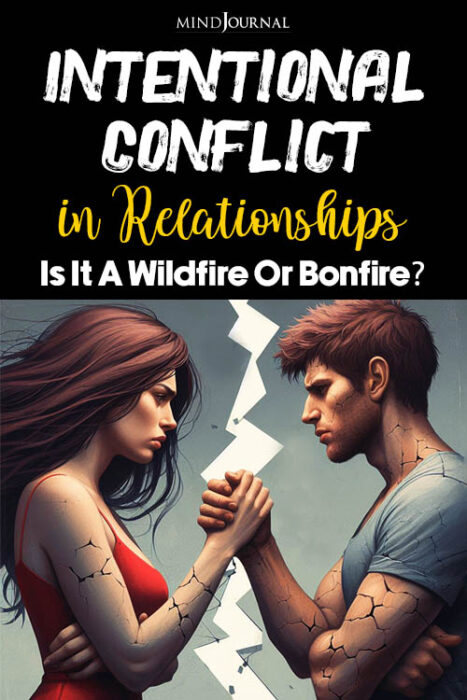
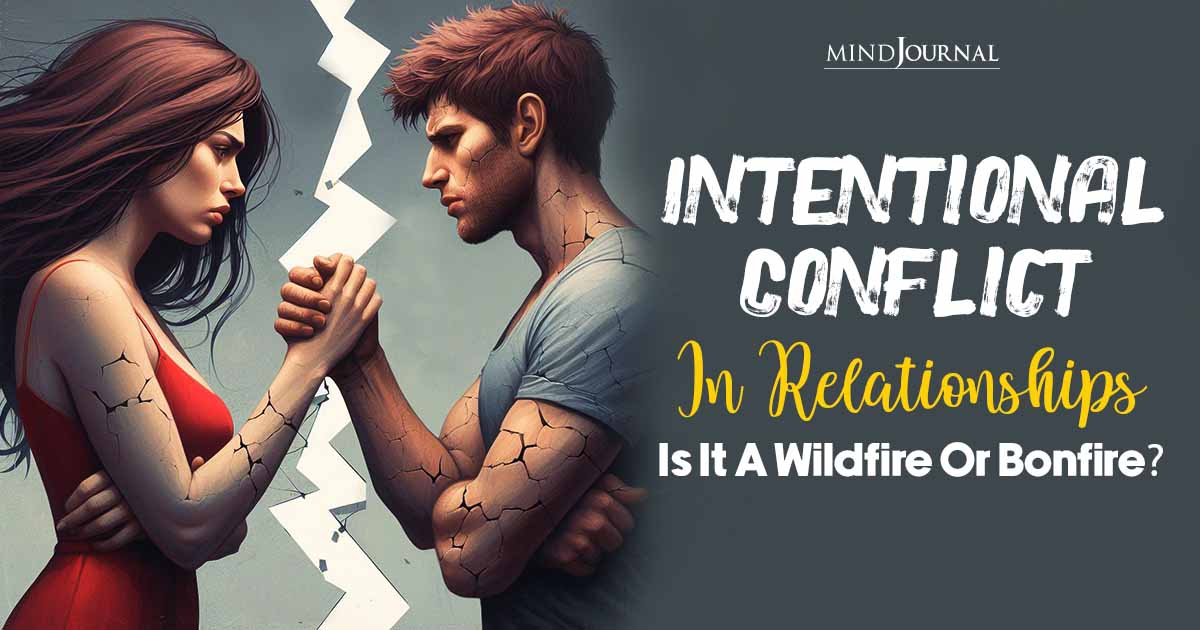
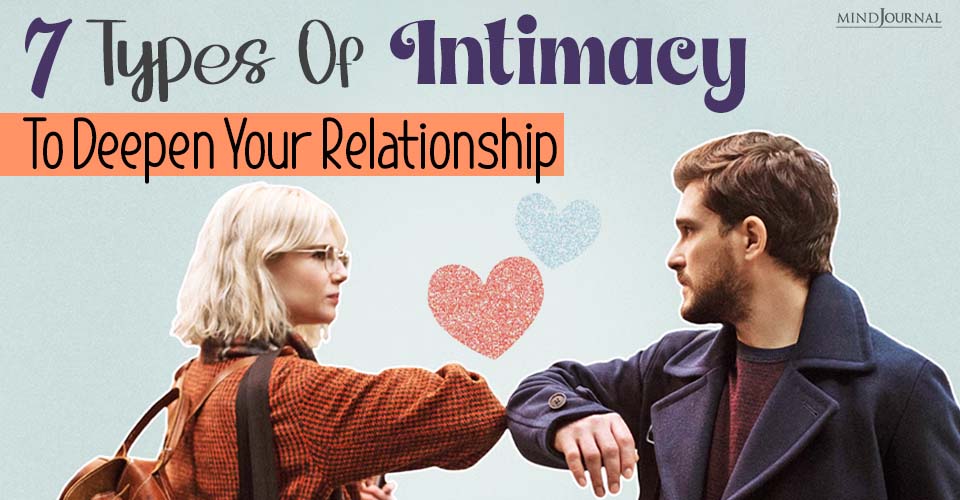


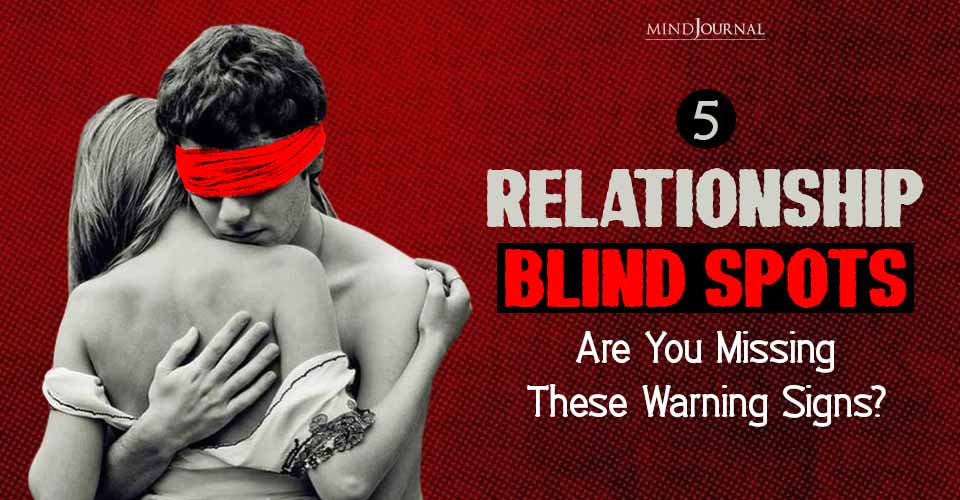
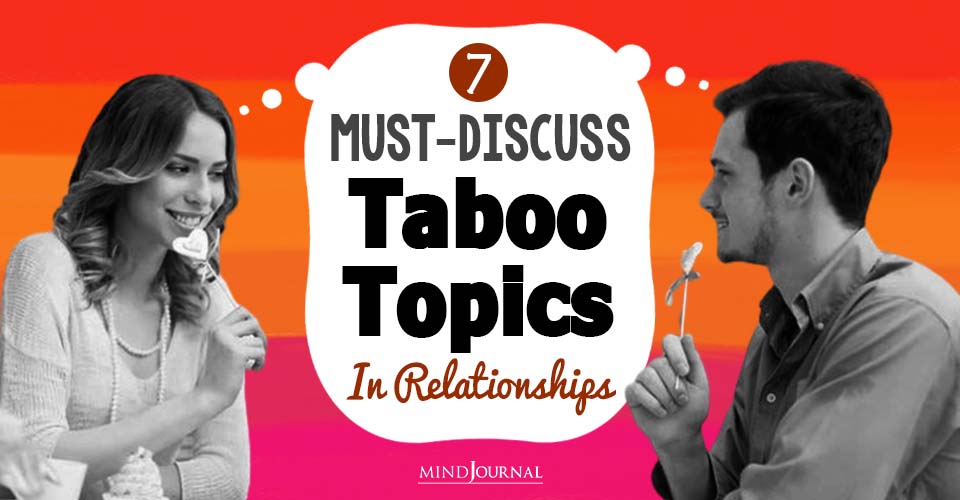
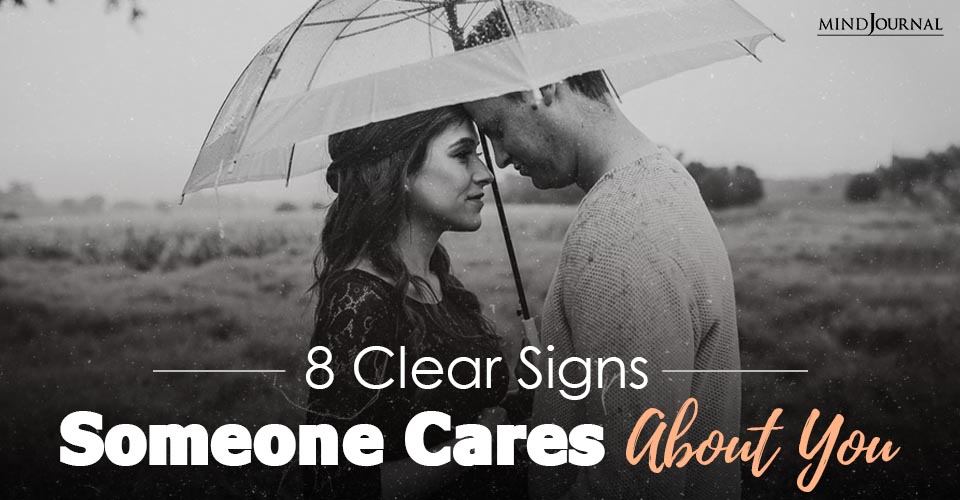
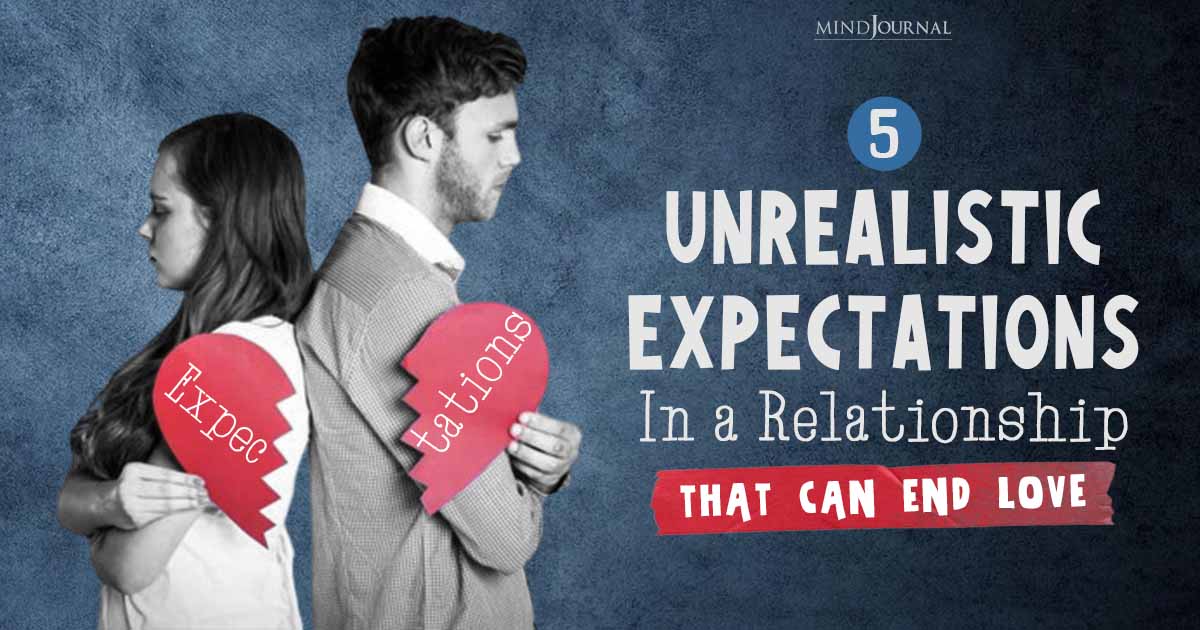
Leave a Reply
You must be logged in to post a comment.